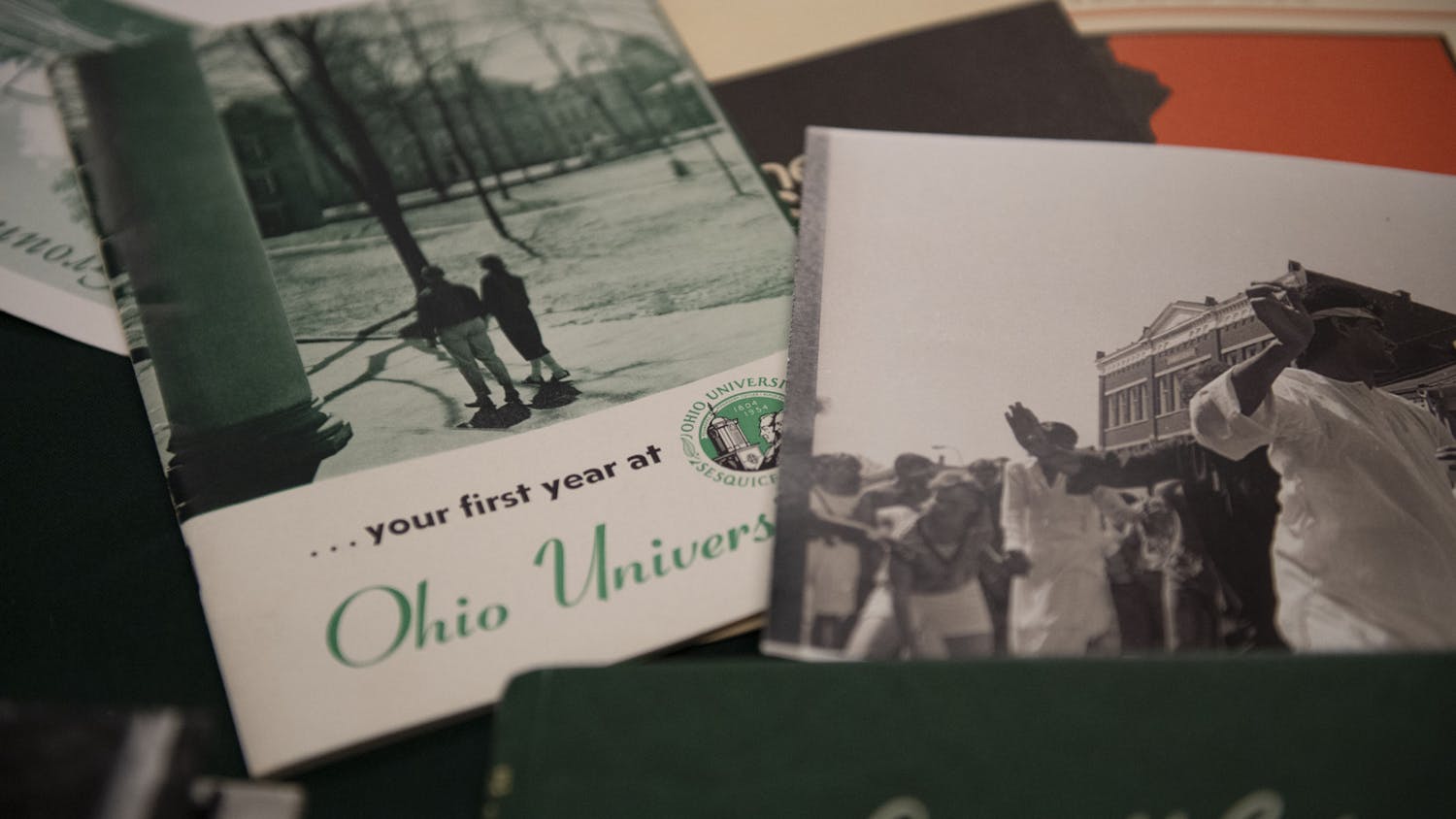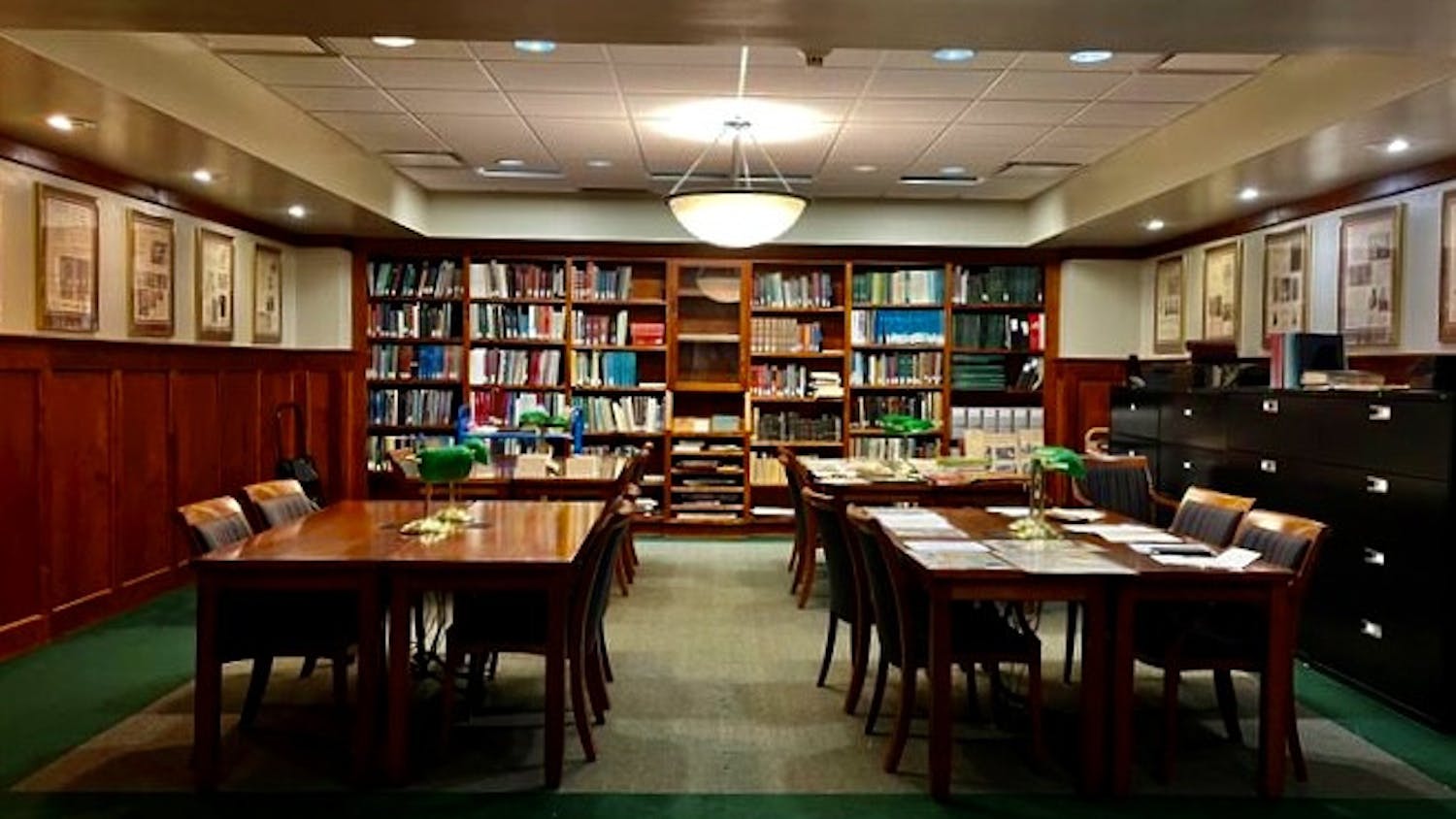This article has been changed from its original version to credit Brian Riley, an associate professor in Russ College’s School of Electrical Engineering and Computer Science.
Whether creating new hearing aids or fielding robotic bobcats, Ohio University’s senior electrical engineers have stayed busy this year.
The senior designs, including special hearing aids for musicians, a four-legged robot and a floor mat that generates electricity, are on display at the Academic & Research Center for a second day today. They are the product of a year’s work for the groups of seniors who put them together.
“They’re pretty cool projects, and they have real-world application,” said Colleen Carow, director of External Relations for the Russ College of Engineering and Technology.
Carow said projects like these show application of the skills the students learned at OU.
“Not only are they using all the skills they’ve learned in school, but they’re really working on a team as they would in the real world,” Carow said.
Seniors Brian Neel and Kurt Jordan were part of a group that presented the Integrated Health Management System, a kiosk designed to take basic readings such as blood pressure, body weight and body mass index.
“We were trying to find a more cost-effective means for a cheaper scale,” Neel said.
Jordan noted such a kiosk is normally sold for $300 to $1,000 on the U.S. market.
“We produced it for $150,” Jordan said. “Mass produced, it could go down to $50. … It was a lot of fun but a lot of work when you spend days on days working.”
The project has a practical application, Jordan said. The group members constructed their scale in conjunction with the Heritage College of Osteopathic Medicine, and they said it could be produced and sold by a non-profit organization.
The project is an attempt to make such health information more accessible to more people and combat growing health problems in American society, the group noted in its report.
Brian Riley, an associate professor in Russ College’s School of Electrical Engineering and Computer Science, oversaw the projects while teaching Electrical Engineering 495, a year-long senior design course. He noted the projects bring engineering students as close to real-world conditions as possible.
“The capstone design experience for electrical engineering students is designed in such a way that it gives real-world constraints — not enough time, not enough money, not enough resources,” Riley said.
The projects have varying purposes, he added.
“Some are research-oriented, some are product-oriented and some are just to solve a need,” Riley said.
Riley, coming from a background of advanced product development in the automotive industry, said this is his first year at OU. Still, he said he was very impressed by the projects students brought to the table.
“I feel fortunate and privileged to have taught the class,” Riley said. “The experience has hopefully contributed to the professional growth and aspirations of the students.”
More of the projects will be on display today from 11 a.m. to 1 p.m. in the Academic & Research Center.
tn336706@ohiou.edu
@ThePostCampus





